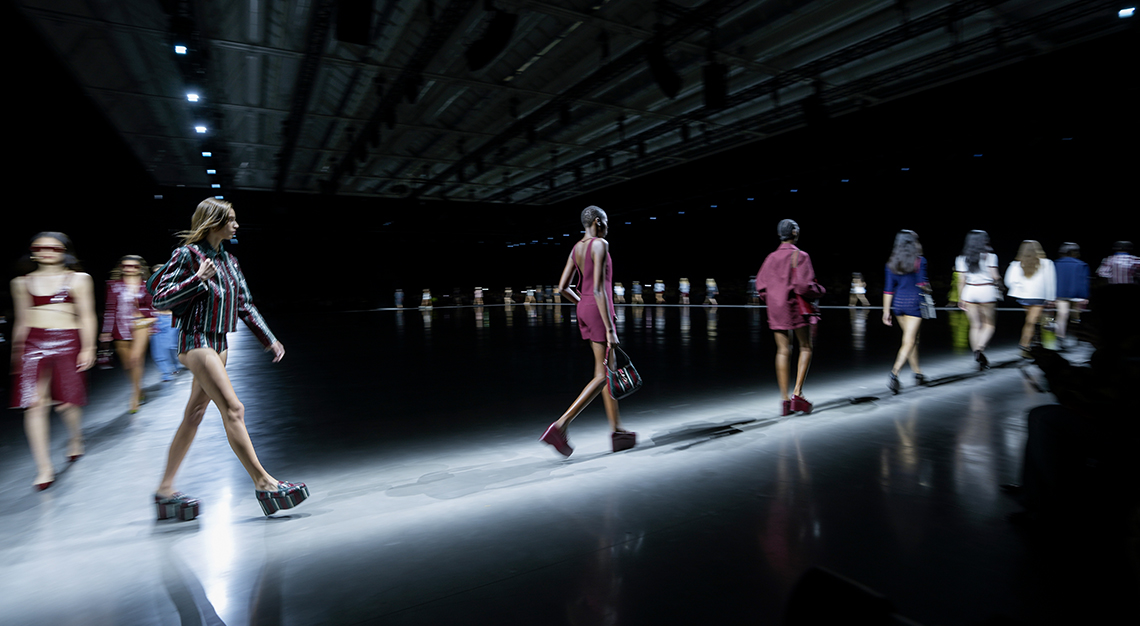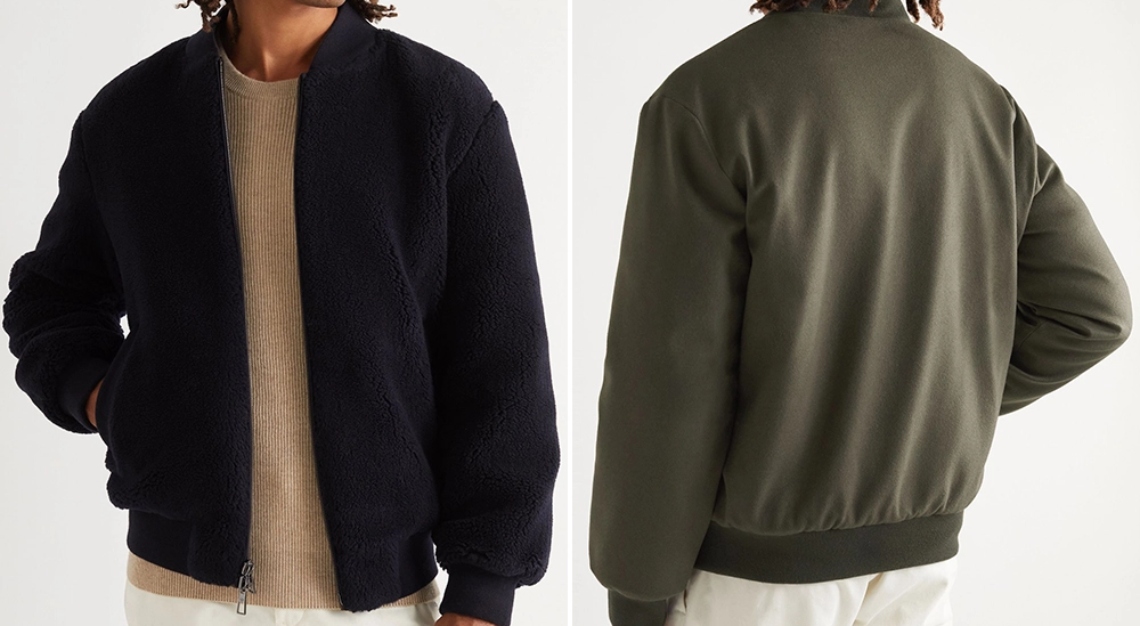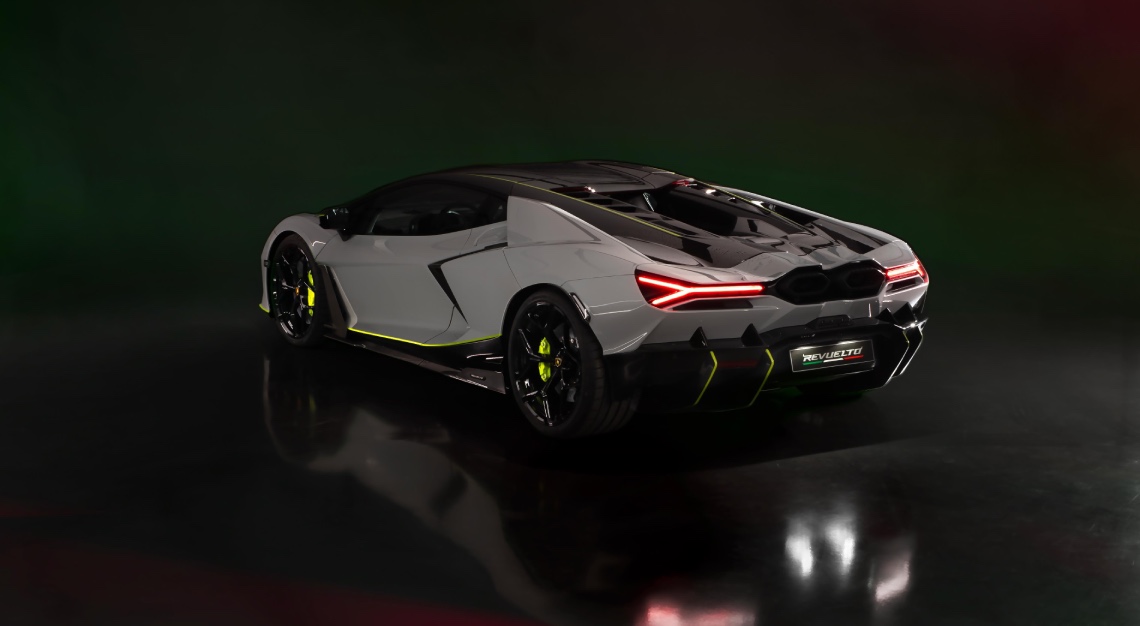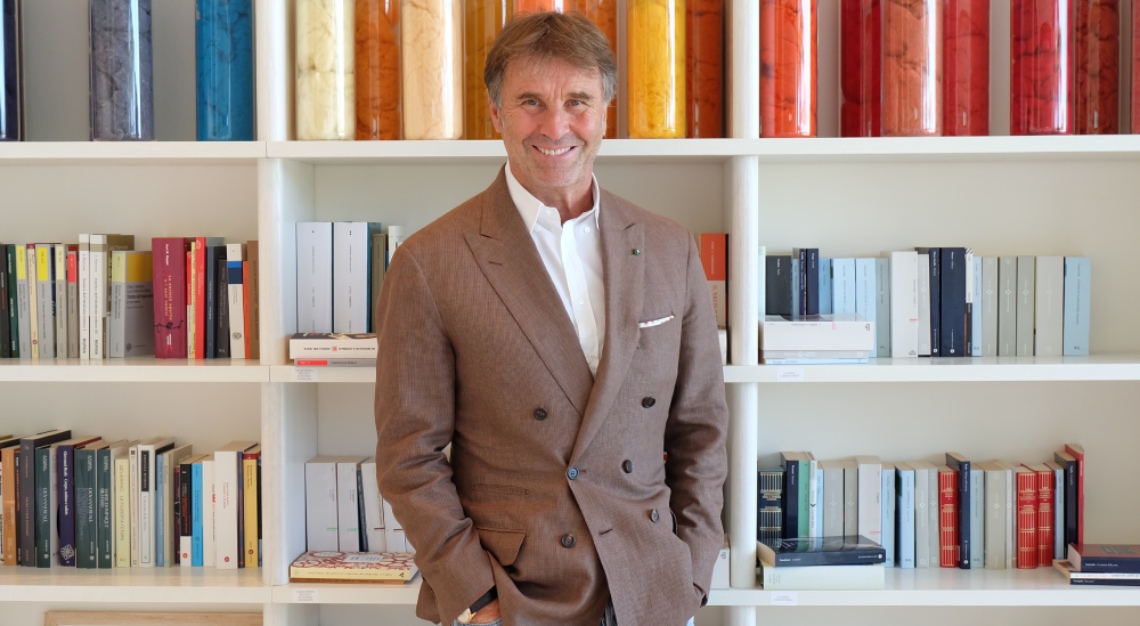As the new year dawns with its first blush, we profile luxury fashion’s pathfinders and linchpins who have hit the ground running
The last two years have been a period of transition and readjustment for the ever-buzzing world of fashion. The birth of the metaverse, the heightened pressures of virality, the horizon-expanding breakthroughs in innovation as well as the onset of noteworthy trends have all impacted the landscape indelibly. But those variables would be inconsequential if they were not tackled by capable leadership. Here, we coronate the new creative and commercial decision-makers in luxury fashion.
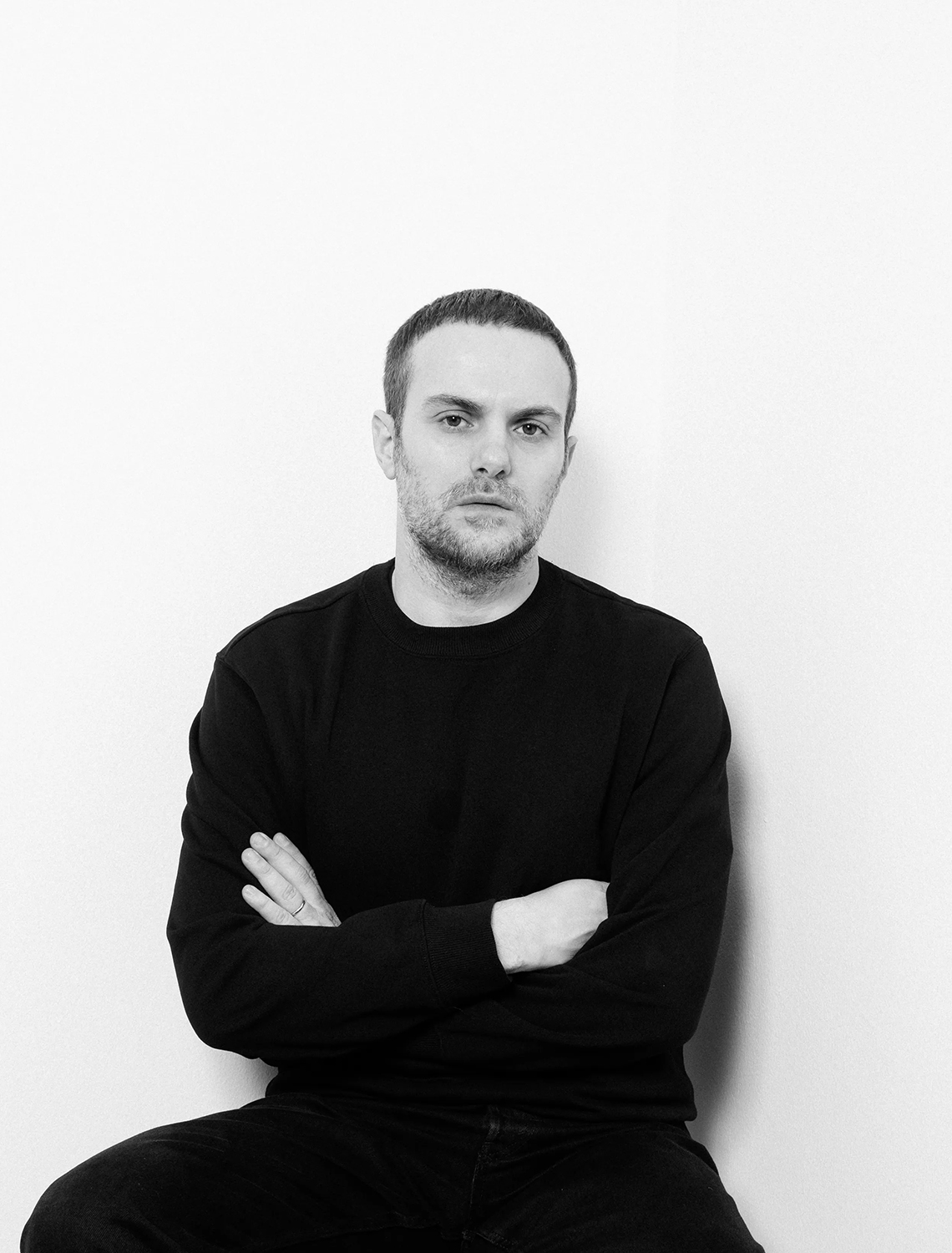
Sabato De Sarno / Creative director, Gucci
A simple unvarnished message heralding a new beginning: “I’m proud, honoured, touched and excited. #Gucci.” That was how Sabato De Sarno announced in May 2023 that he was replacing Alessandro Michelle, whose sudden departure from his seven-year reign there is still no official world on. Gucci, however, does not seem to be the poorer for it.
With tenures in Italy’s most renowned luxury fashion houses, including, Dolce&Gabbana, Prada and Valentino, De Sarno brings with him a wealth of experience and pedigree as the creative steward of one of fashion’s most esteemed north stars. Known for his contemporary update of Valentino’s ready-to-wear concerns, he debuted for Gucci at Milan Fashion Week last September to rave reviews of his playful approach to minimalism. Many pundits have hailed that show as the birth of the new Gucci look.
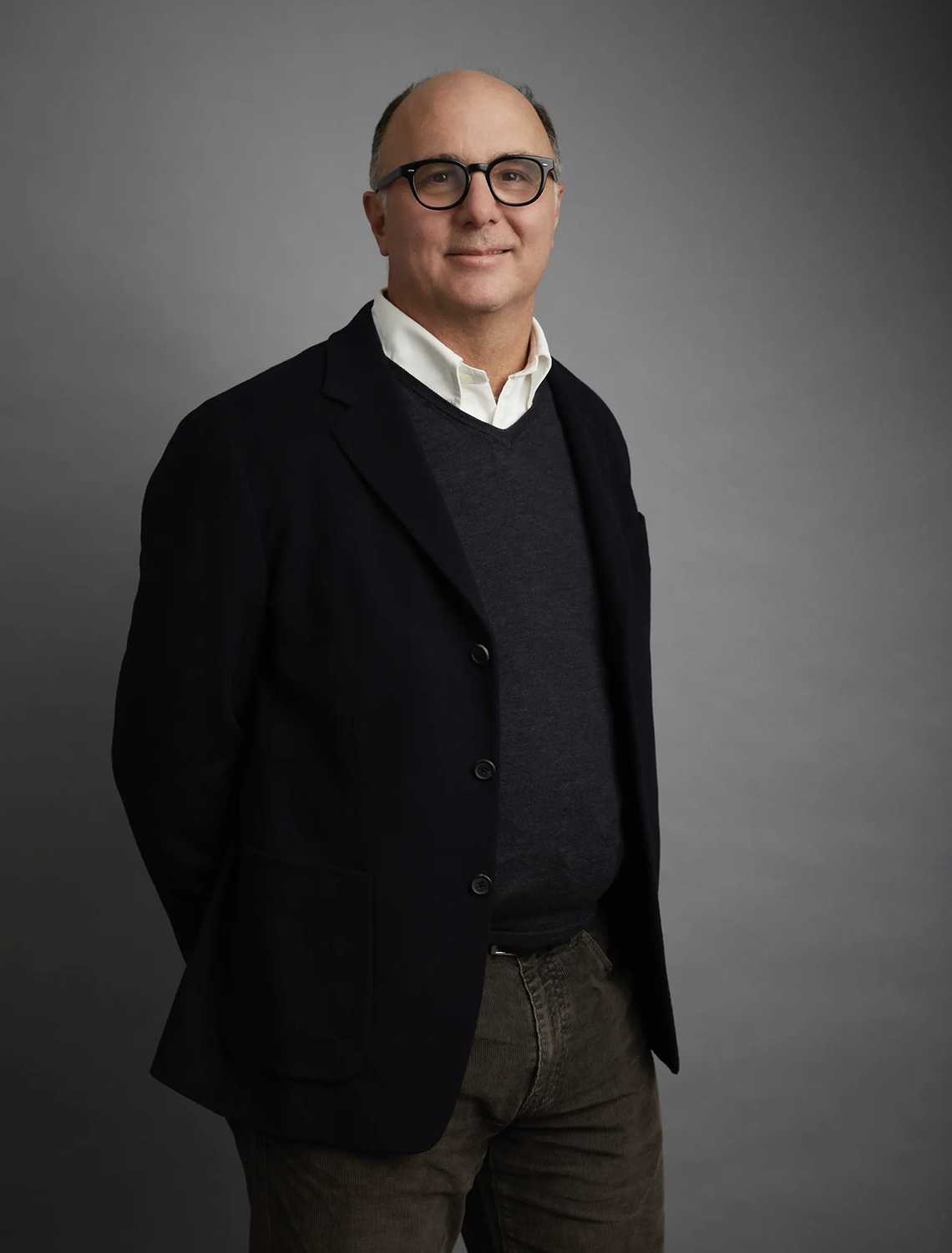
Andrea Guerra / CEO, Prada
An expansive career in the world of luxury that crescendos at its peak—that has been the trajectory of 58-year-old businessman Andrea Guerra’s star. Beginning with hospitality, his career took the form of a rising arc as he advanced into managerial roles at Merloni Elettrodomestici (which later became Indesit Company), premium food retailer Eataly, Luxottica and LVMH’s hospitality division. It is also worth noting that Guerra was also once a strategic adviser to former Italian Prime Minister Matteo Renzi.
A year into his tenure as the CEO of Prada, the Spaniard has since listed Prada on the Hong Kong and European stock exchanges, and stated that identifying doubling the flagship brand’s retail space productivity is the most important opportunity for the company going forward.
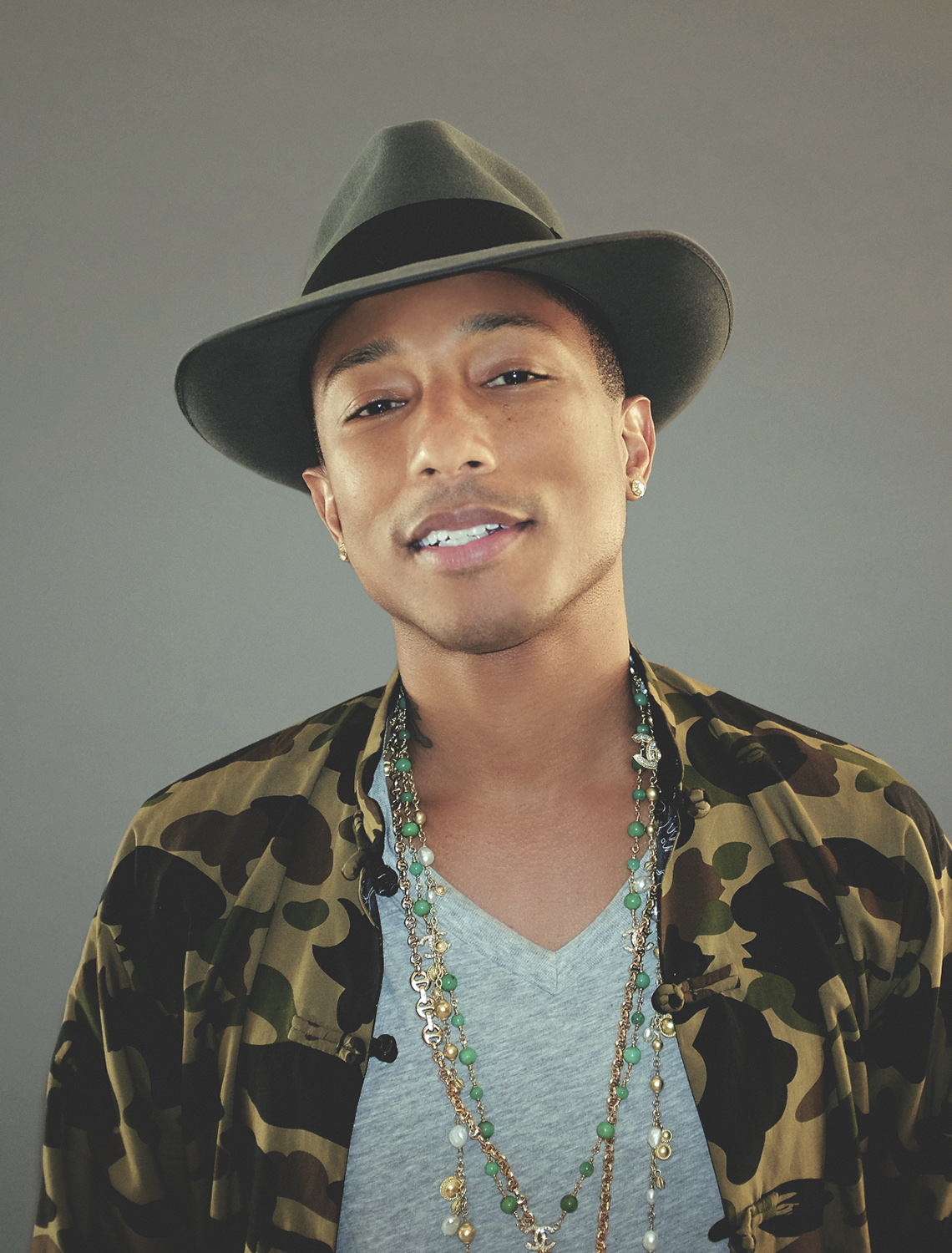
Pharrell Williams / Men’s creative director, Louis Vuitton
A US$1 million duffle bag produced under the strictest made-to-order conditions and available only to an elite cabal (and so isn’t even listed for sale on the brand’s website, or anywhere for that matter) is Pharrell Williams’s most controversial move since he took his place under the Louis Vuitton banner in early 2023.
Filling a role that previously belonged to the late Vigril Abloh, who collapsed the streetwear and high fashion worlds into a standard-setting singularity, is an imposing proposition but the revered producer is taking it all in his stride.
Echoing Louis Vuitton CEO Pietro Beccari’s hopes that he will “undoubtedly lead Louis Vuitton towards a new and very exciting chapter”, his inaugural Spring 2024 collection resounds with the force of a cultural event because of his splicing of rugged street-born stylings with the iconography of luxury, such as Louis Vuitton’s instantly recognisable Damier chessboard pattern.
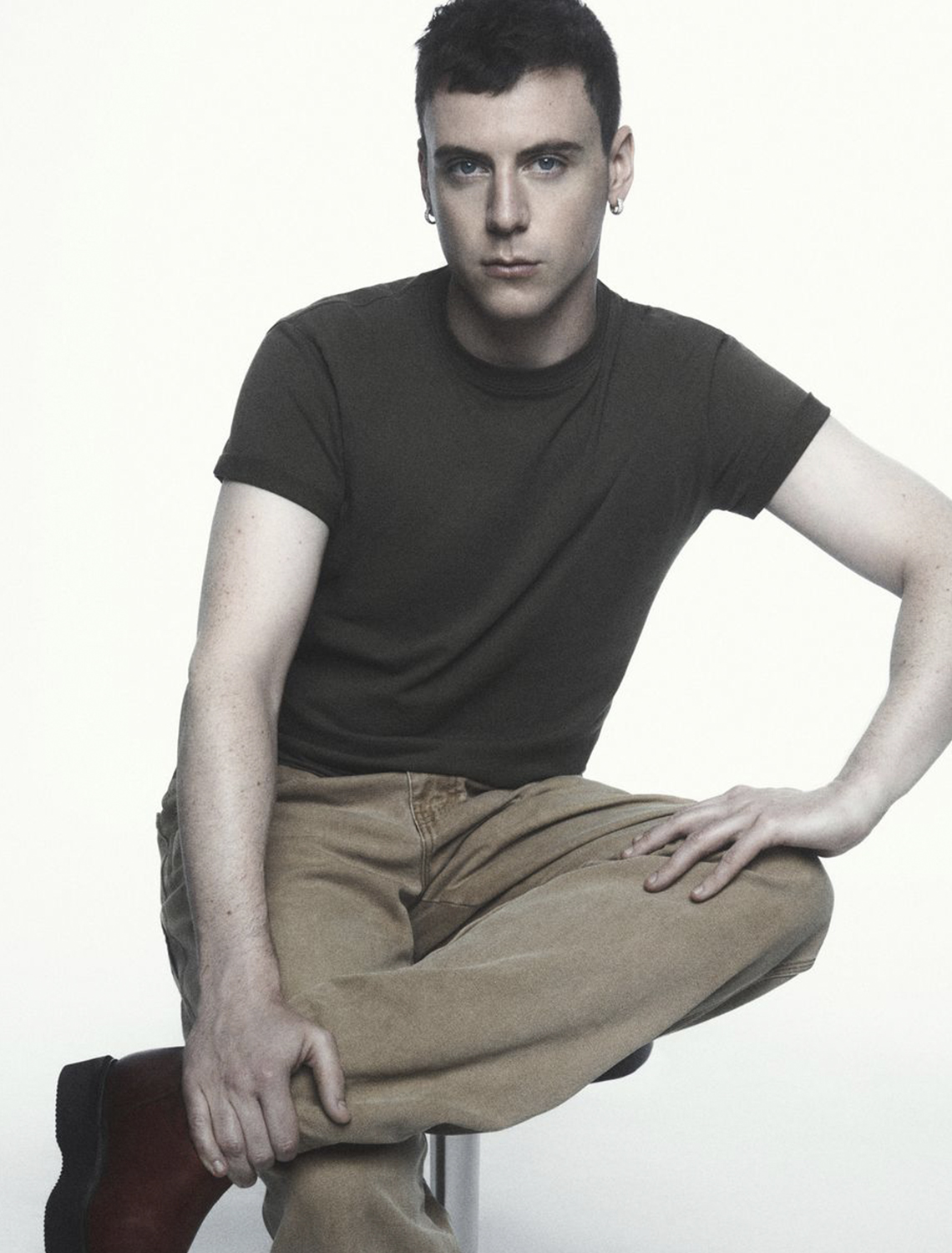
Seán McGirr / Creative director, Alexander McQueen
By any metric, the Irish-born and London-based designer can be considered a newcomer. His predecessor, Sarah Burton, was Lee Alexander McQueen’s deputy who clocked 26 years at the brand before her departure last year. In that time, she held the reins as creative director for 13 years. In the highlight reel of her career, designing the Princess of Wales’ wedding dress is a seismic entry.
McGirr, on the other hand, is relatively anonymous. But that should not detract from the fact that he has paid his dues. Upon graduating from Central St Martins, he presided over ready-to-wear at JW Anderson, and held positions at Dries van Noten, Burberry and Uniqlo, where he worked with Christophe Lemaire on men’s collections.
What further testifies to his chops is the fact that he was chosen by the brand’s parent company Kering over formidable contenders such as Riccardo Tisci, a tried-and-tested haute couture maestro. While McGirr has yet to debut a collection, Alexander McQueen CEO Gianfilippo Testa intimated in an official release that “he will bring a powerful creative language to Alexander McQueen while building on its unique heritage”.
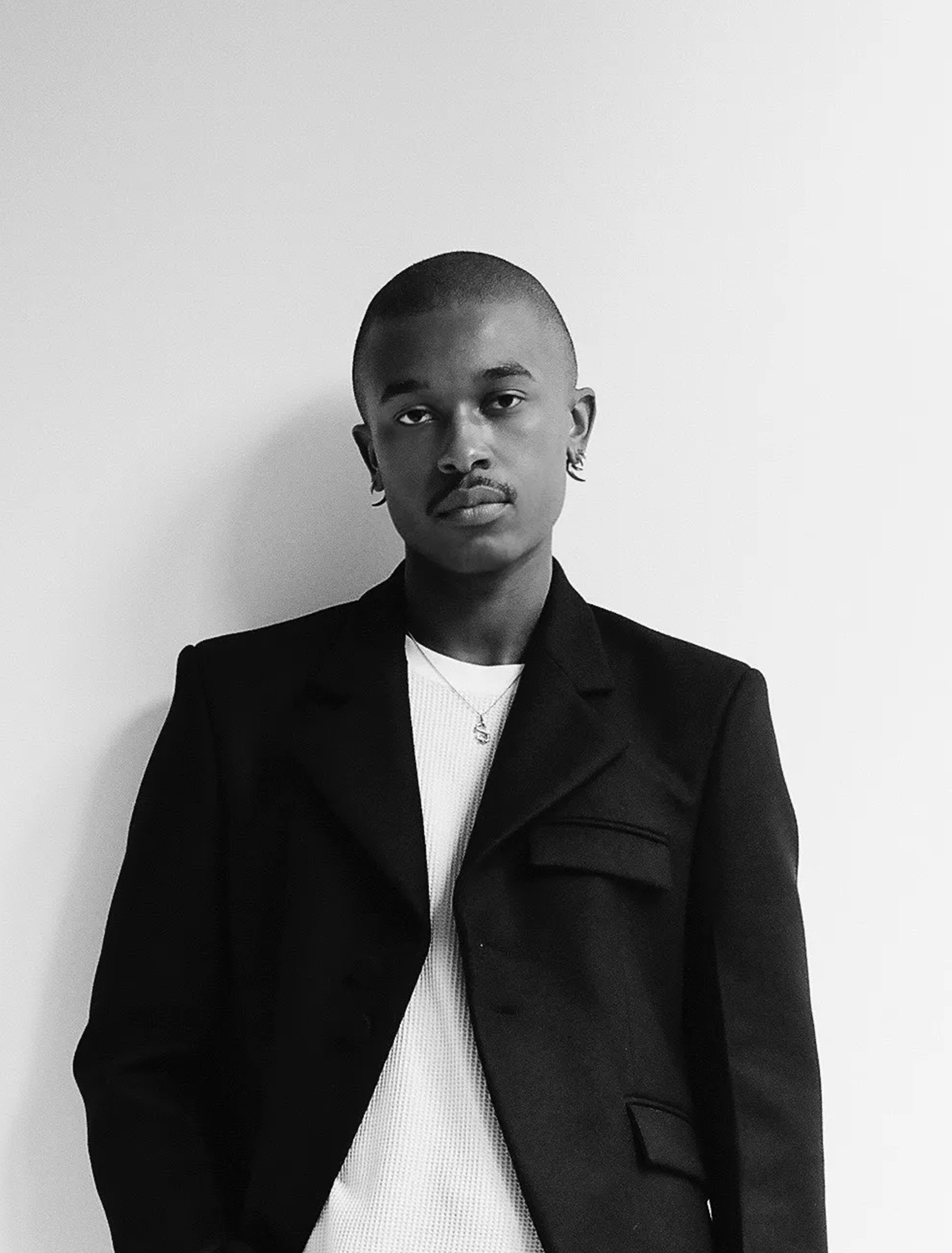
Maximilian Davis / Creative director, Ferragamo
Consider this: though Maximilian Davis has only occupied his current role at Ferragamo since March 2022, the British designer has already helmed five collections. Now, consider this: he is just 28 years old.
While Davis’s approach—which is as respectful of classic silhouettes as it is embracing of contemporary styles—is enriching the house’s place in the fashion pantheon, his ascent can be traced to the fundamentals of his biography.
Growing up in Manchester in a close Trinidadian-Jamaican family, with a sister and mother who modelled, and a father who studied fashion design, meant that fashion was an inescapable canvas for the young would-be designer. Since graduating from the London College of Fashion, he has amassed fans in the likes of Rihanna and Dua Lipa and, evidently, the Ferragamo family and CEO Marco Gobbetti.
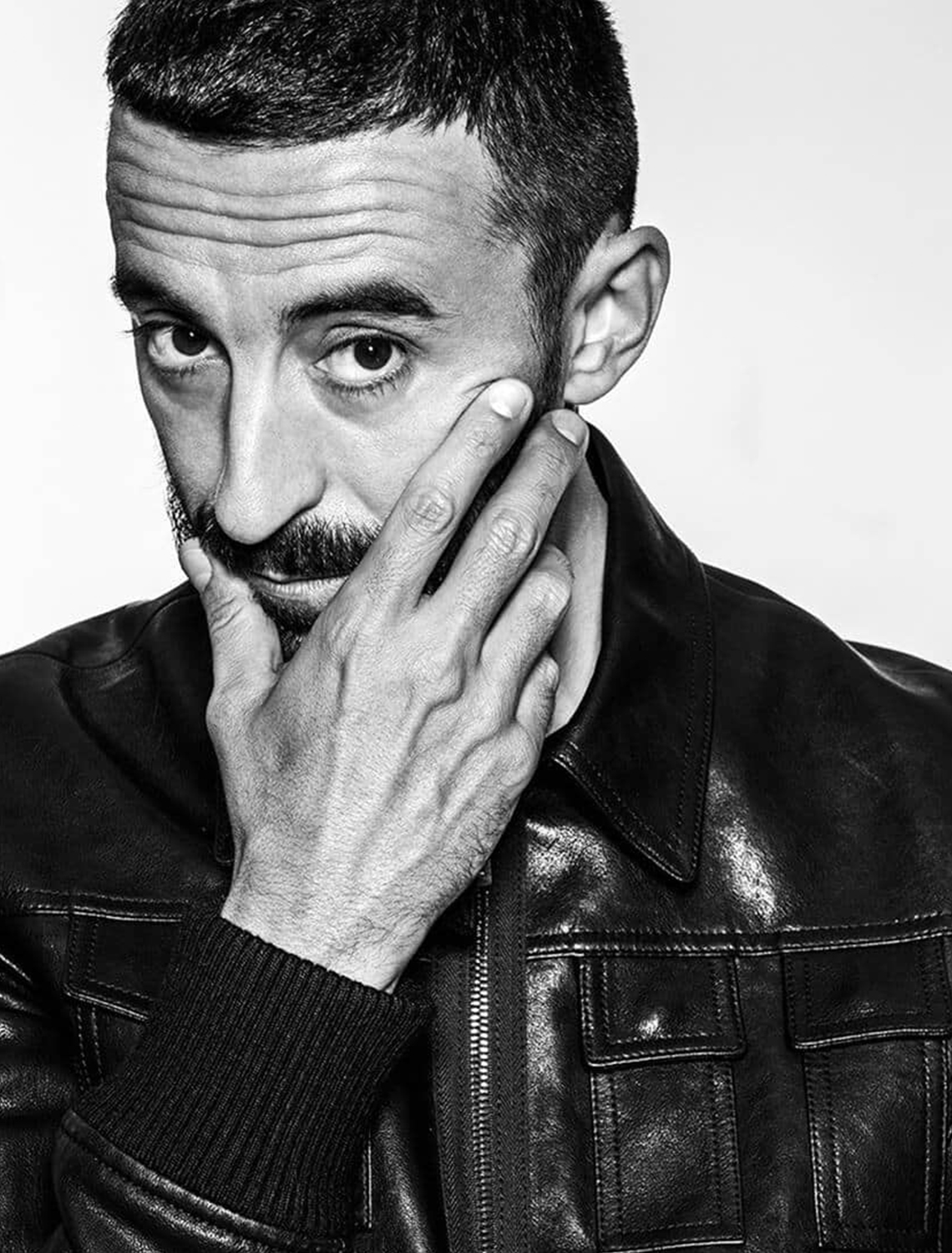
Walter Chiapponi / Creative director, Blumarine
Compared to the more ubiquitous stars in the firmament of mainstream luxury, Blumarine may draw looks of confusion as to its positioning, but make no mistake: with Jacquemus as its competitor, the brand is a vortex of high fashion rendered with an artfully irreverent touch. Incidentally, artful and elegantly executed subversion is a lane where Walter Chiapponi shines best.
Formerly calling the shots as Tod’s creative director for four years, he was celebrated for championing an understated and casual approach to the rigour of craftsmanship. Now, he sets his sights on broadening the impact of one of the most popular brands targeting a younger demographic. Milan Fashion Week, which takes place in February, will be the staging ground of his debut collecton. Pundits speculate that with his appointment, the brand will push further ashore from its distinct Y2K aesthetic.
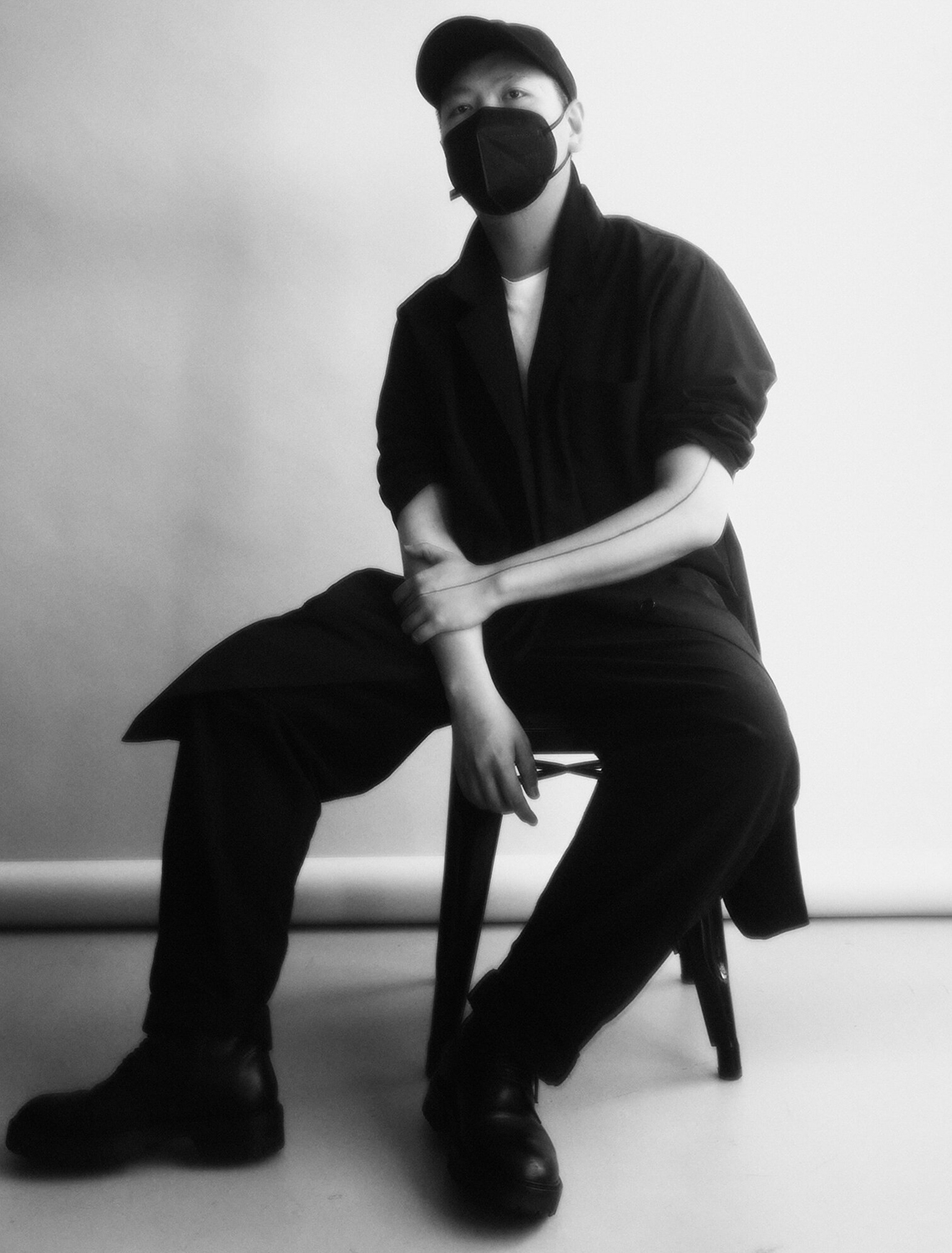
Peter Do / Creative director, Helmut Lang
Most people have not seen Peter Do’s face. The Vietnam-born, New York-educated designer and 2014 winner of the inaugural LVMH Graduate Prize is simply not fond of getting photographed. When he permits it, it usually happens from the back or if his face is obscured with a mask.
His reserved demeanour is both a personality quirk and an ideological stand within his artistic signature. In stark contrast to contemporary fashion’s emphasis on clout-and-virality-seeking exposure, Do, who was an assistant designer at the Phoebe Philo-led Celine, favours restraint that boasts an erasure-confounding presence. Widely believed to have inherited a brand with a fading relevance, he has garnered considerable buzz for situating Helmut Lang as a powerful New York City force with vast international appeal at his debut show, the well-received Helmut Lang Spring 2024 outing, staged at Manhattan’s Lower East Side. While he is known to favour all-black looks, the show revealed his newfound fascination with pops of colour.
This story first appeared in the January 2024 issue. Purchase it as a print or digital copy, or consider subscribing to us here
